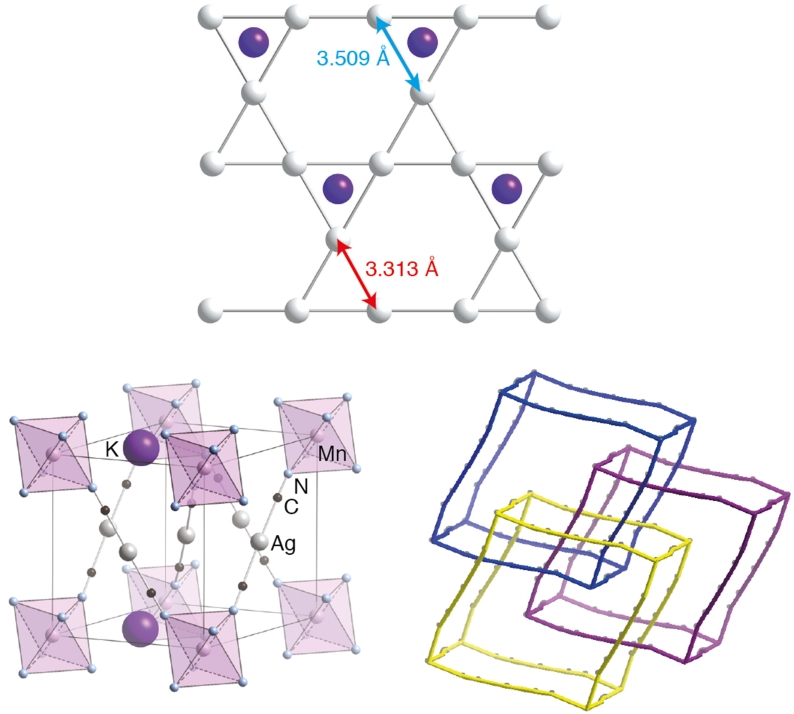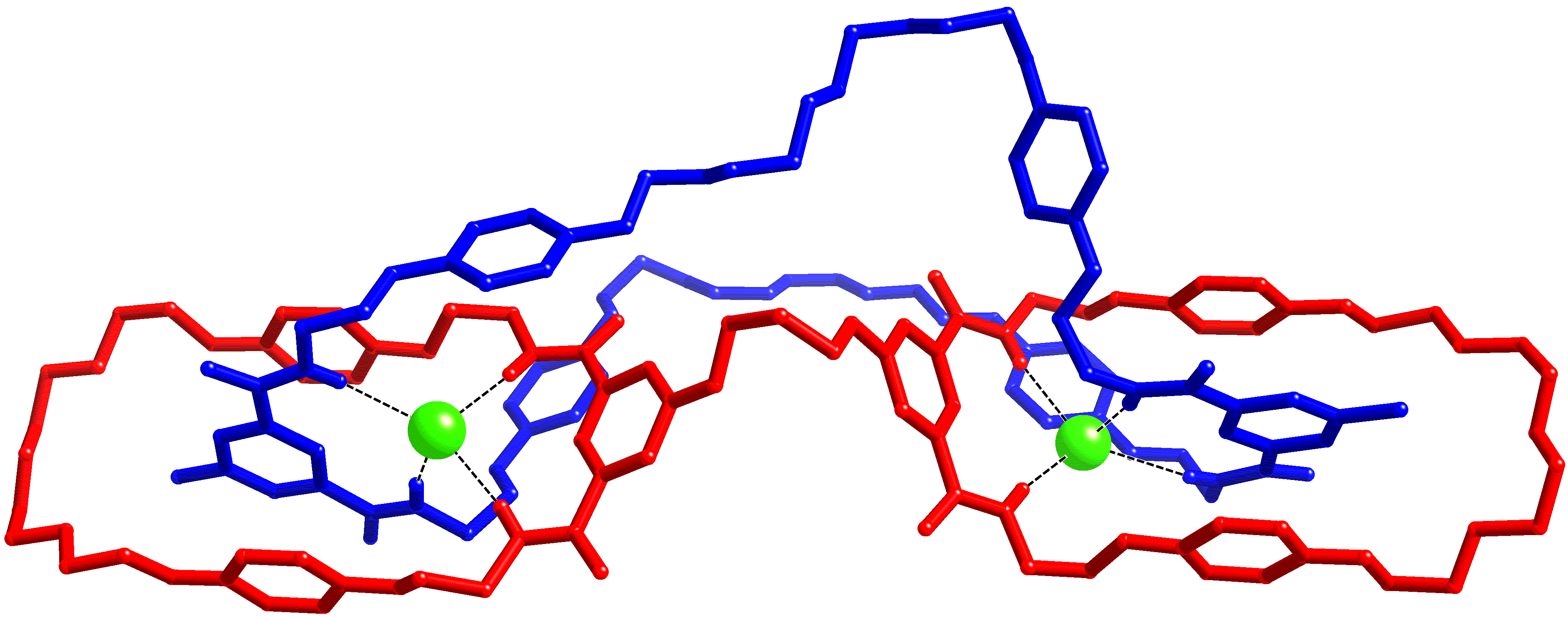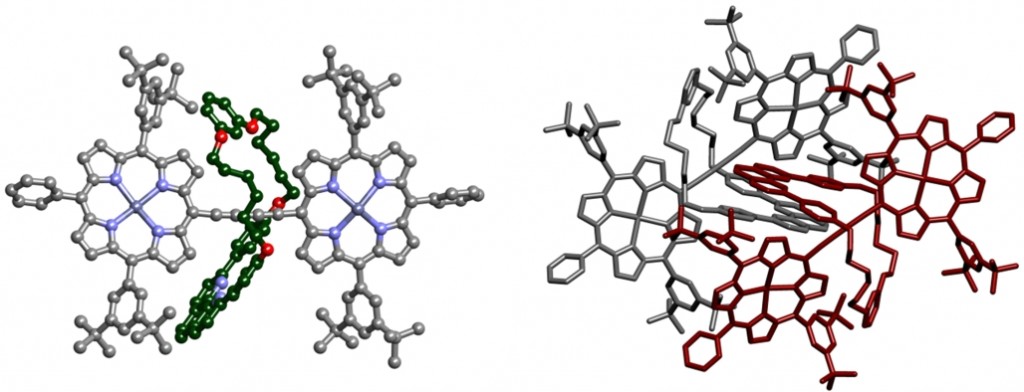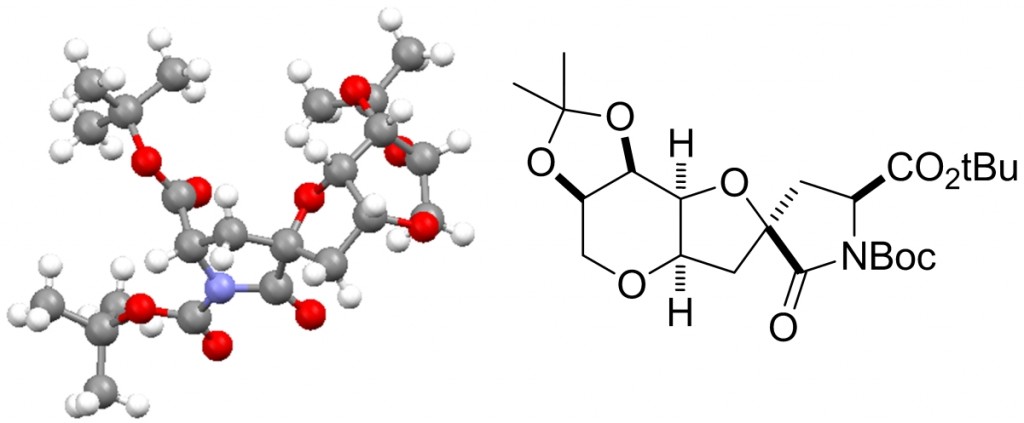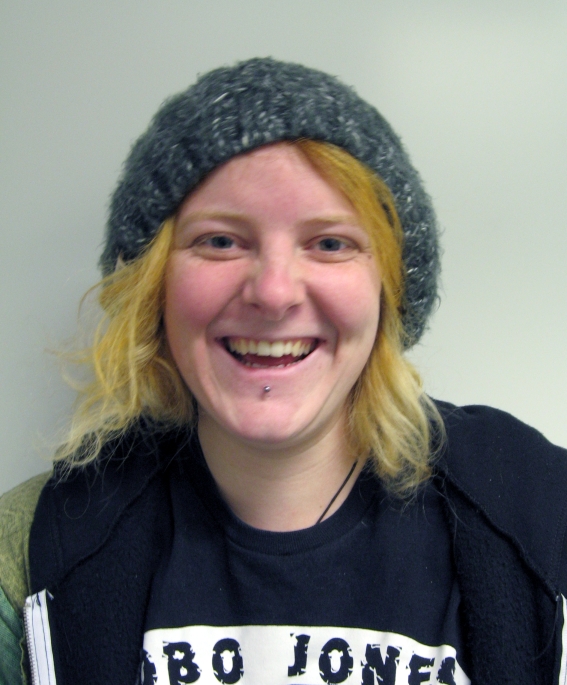 Nia’s Part II project is focused on the preparation and systematic study of thiosemicarbazone complexes by single crystal X-ray diffraction. When not in the lab she may be found listening to music at live venues, or perhaps sampling some of Oxford’s fine real ales.
Nia’s Part II project is focused on the preparation and systematic study of thiosemicarbazone complexes by single crystal X-ray diffraction. When not in the lab she may be found listening to music at live venues, or perhaps sampling some of Oxford’s fine real ales.
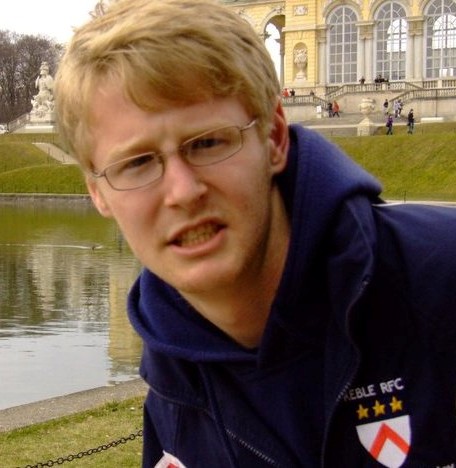 David is exploring the different ways of describing ring puckering and conformation.┬Ā By using data in the CSD and avoiding the lab as much as possible, he hopes to create an amalgamated approach to defining ring puckering and conformation that could be implemented in refinement software. If he isnŌĆÖt hiding in the CRL basement heŌĆÖs most likely to be found doing some from of college sport.
David is exploring the different ways of describing ring puckering and conformation.┬Ā By using data in the CSD and avoiding the lab as much as possible, he hopes to create an amalgamated approach to defining ring puckering and conformation that could be implemented in refinement software. If he isnŌĆÖt hiding in the CRL basement heŌĆÖs most likely to be found doing some from of college sport.
J. Appl. Cryst.┬Ā (2011), 44, 1017-1022. ┬Ā┬Ā [ doi:10.1107/S0021889811034066 ]
A summary of the features for investigating absolute structure available in the crystallographic refinement program CRYSTALS is presented, together with the results of analyses of 150 light-atom structures collected with molybdenum radiation carried out with these tools. The results confirm that the Flack and Hooft parameters are strongly indicative, even when the standard uncertainties are large compared to the thresholds recommended by Flack & Bernardinelli [J. Appl. Cryst. (2000), 33, 1143ŌĆō1148].
Electronic reprints
- Oxford University Research Archive [direct pdf]
Publisher’s copy
Presented by:┬Ā Andrew B. Cairns & Dr. Amber L. Thompson
Research Leader:┬Ā Dr. Andrew L. Goodwin
Published:┬Ā Journal of the American Chemical Society (cover article)
Negative Linear Compressibility (NLC) is where a material unusually expands in one direction under increasing pressure.┬Ā Potassium manganese dicyanoargentate exhibits the largest NLC over an extended range of any known material: ŌĆæ12.0(8)┬ĀTPaŌĆō1.┬Ā The structural features are both beautiful and unique to cause this effect.┬Ā [MnN6] octahedra are connected via almost linear ŌĆśfloppyŌĆÖ NCŌĆōAgŌĆōCN units, with K+┬Āions positioned above and below alternating Ag3┬ĀKagome triangles (top). The lattice framework is made up of three independent interpenetrated a-Polonium nets (bottom right), with only weak argentophilic interactions between the nets. Variable temperature SCXRD was carried out in Oxford and the variable pressure work was the first pressure experiment carried out on WISH at ISIS.
 The triennial Congress of the International Union of Crystallography was held in Madrid, Spain at the end of August 2011. Chem. Cryst. was well represented with several talks and posters including:
The triennial Congress of the International Union of Crystallography was held in Madrid, Spain at the end of August 2011. Chem. Cryst. was well represented with several talks and posters including:
Richard I. Cooper
Optimising X-ray Experiment Strategy on-the-fly based on Feedback from Automated Structure Solution (Presentation)
Amber L. Thompson
Battle of the Titans:┬Ā Atlas vs. Eos and Other Stories (Invited presentation at the Agilent Technologies User Forum)
Jevgenij A. Raskatov, John M. Brown & Amber L. Thompson
Chiral Selection in the Formation of Borates from Racemic Binaphthols and related Diols (Poster)
Amber L. Thompson
Influencing Absolute Structure Determination (Poster)
 Sharif is a Research Officer in the Materials Chemistry Laboratory at the GC University, Lahore. He is doing a Ph.D. in Lanthanide Coordination Polymers under the supervision of Prof. Dr Islam Ullah Khan, studying their Magnetic, Luminescent and MOF behaviour. Sharif is visiting Chem. Cryst. for six months under an IRSIP (HEC) scholarship to learn more about Crystallography and Materials Chemistry.
Sharif is a Research Officer in the Materials Chemistry Laboratory at the GC University, Lahore. He is doing a Ph.D. in Lanthanide Coordination Polymers under the supervision of Prof. Dr Islam Ullah Khan, studying their Magnetic, Luminescent and MOF behaviour. Sharif is visiting Chem. Cryst. for six months under an IRSIP (HEC) scholarship to learn more about Crystallography and Materials Chemistry.
The 2011 Diamond Annual Review, which highlights some of the world-class research recently undertaken at Diamond Light Source is now available from their website.┬Ā The report includes a contribution from Prof. Paul Beer covering some of the fascinating interlocked structures determined from data collected using the Small Molecule Beamline, I19, as part of the Oxford Block Allocation Group (BAG).┬Ā Highlights of their work include a novel halogen bonded rotaxane and the first reported crystal structure of a “handcuff catenane”.
Presented by:┬Ā Matthew J. Langton, Jonathan D. Matichak & Dr. Amber L. Thompson
Research Leader:┬Ā Prof. Harry L. Anderson
Published:┬Ā Chemical Science (cover article)
Fully ŽĆ-conjugated porphyrin oligomers exhibit remarkable properties such as ultrafast energy migration, strong two-photon absorption and wire-like charge transport. The possibility to encapsulate them by rotaxane formation may provide valuable control over their properties by offering a unique approach to engineering intermolecular interactions. An active-template Cu-mediated Glaser coupling provides an efficient route to these structures. Data from crystals of this rotaxane were collected in-house. The porphyrin dimer is slightly twisted and non-linear, contrasting with previously reported structures which possess an inversion centre (and are thus rigorously planar). The phenanthroline units of the threaded macrocycle form tightly packed ŽĆ-stacks in the crystal.
Presented by:┬Ā Matthew Tatton & Paul Winship
Research Leader:┬Ā Prof. Timothy J. Donohoe
Published:┬Ā┬ĀAngewandte Chemie International Edition
This is the final isolated intermediate in the synthesis of Neodysiherbaine A;┬Ā crystals were very small, so data were collected on I19 at Diamond.┬Ā The natural product is an excitatory amino acid isolated from the Dysidea herbacea Micronesian sponge by Sakai et al. ┬ĀBiological studies have shown that (ŌĆō)-neodysiherbaine A is a potent convulsant and is a highly selective agonist for KA and AMPA glutamate receptors.┬Ā (ŌĆō)-neodysiherbaine A was a target as part of a research programme to develop new catalytic methods for the formation of heterocycles.┬Ā Our retrosynthesis of this led to the disconnection of the central THF ring back to a hydroxyl alkene as a precursor for our recently developed Lewis acid catalysed oxidative cyclisation.
The BCA Spring Meeting was held at the University of Keele in Staffordshire.┬Ā Contributions from Chem. Cryst. included:
Richard I. Cooper, Amber L. Thompson & David J. Watkin
Standard Uncertainties and Experimental Design (Poster)
Amber L. Thompson & David J. Watkin
“UnpublishableŌĆØ Data:┬Ā Does My R-factor Look Big in This? (Poster)
David Watkin
What’s all this MoOing about? (Presentation)
